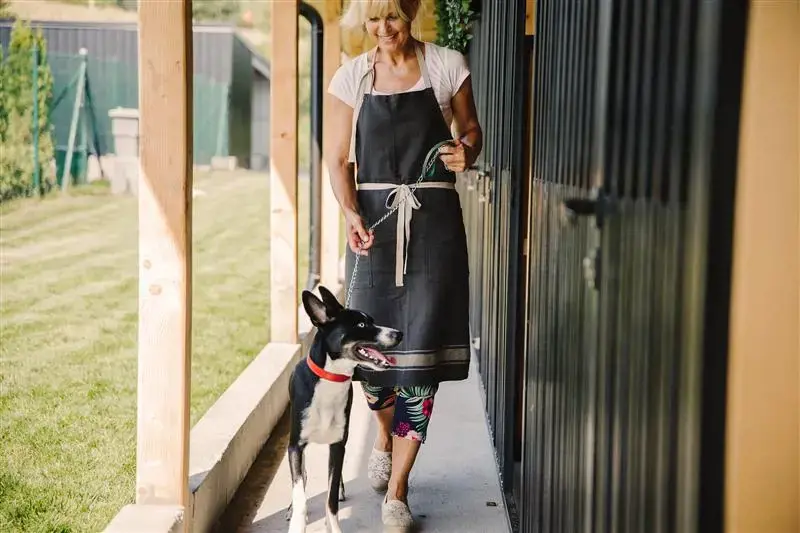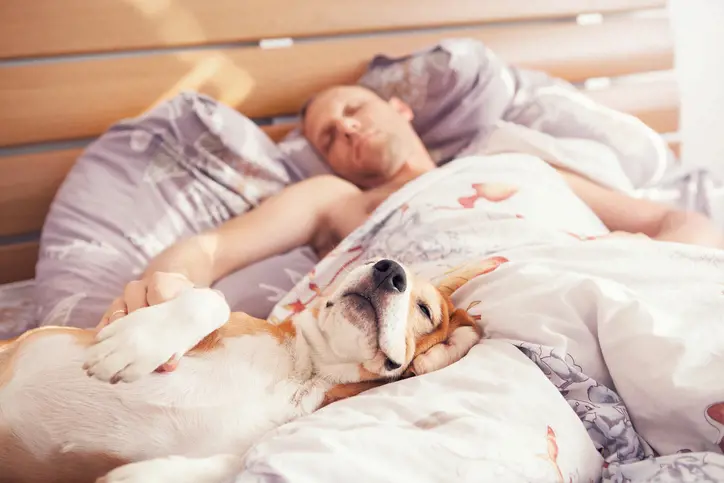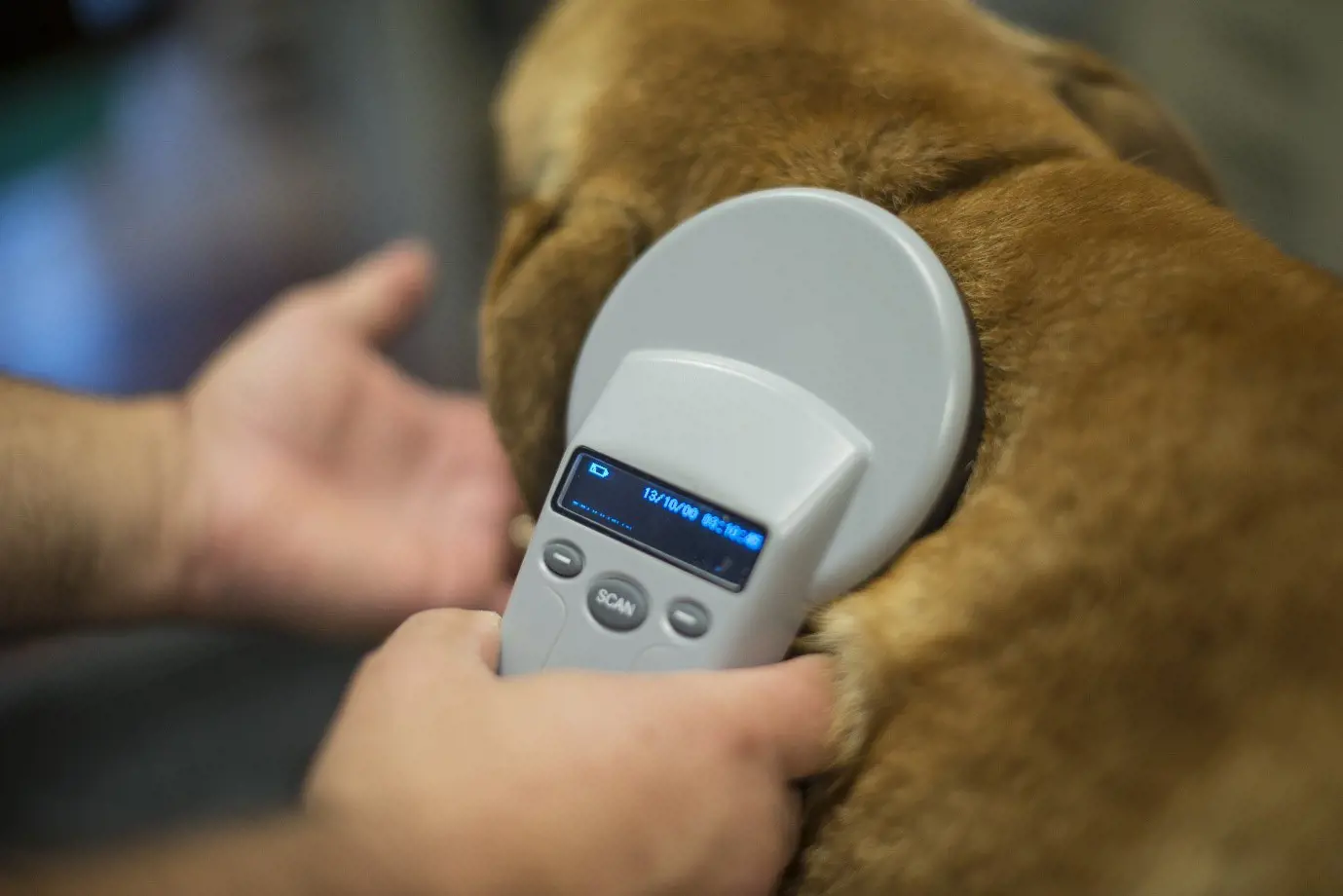A comprehensive guide on how to properly wrap a dog's paw
10th June, 2024
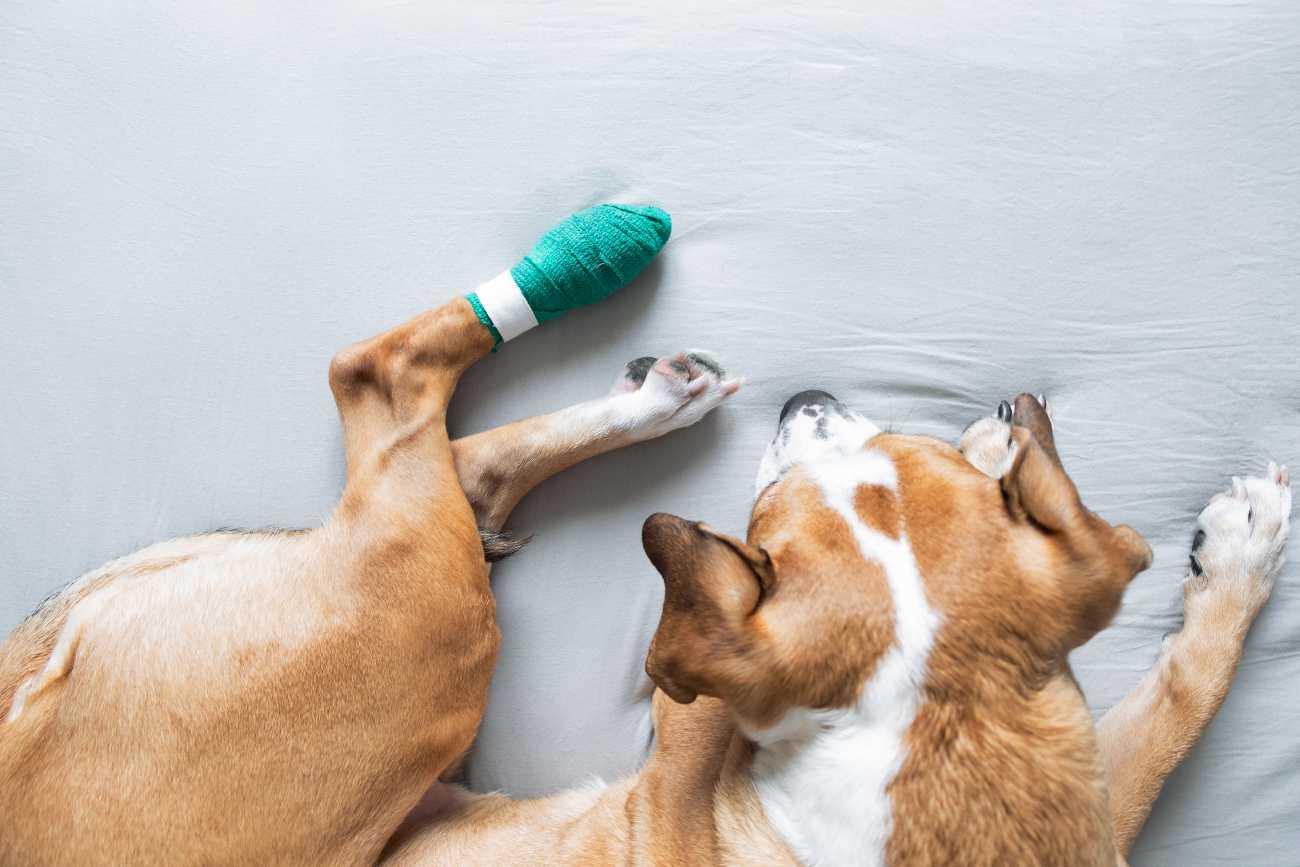
Being a dog parent brings immense joy. However, it also requires readiness to tackle unexpected situations like injuries. One such common scenario is a paw injury, which often necessitates a proper bandage.
Understanding how to properly wrap a dog's paw can make a significant difference in your pet's recovery. This guide will walk you through the process of wrapping a dog's paw, offering expert tips and advice to ensure your furry friend's well-being.
Why would a dog need a paw rapped?
Dogs are active creatures and, just like us, they're not immune to accidents. Their paws, which they use for various activities like running, playing, and digging, are especially exposed. Despite their durability, paws can get injured as dogs don't have the protection of shoes like we do.
Here are some common situations that might demand paw bandaging:
- Detached toenail
- Burnt or scraped paw or paw pad
- A puncture wound on the paw
- Bite from another animal
- As part of first-aid for bee stings or insect bites
- Paw pad injury with a flap
- Paw infections or nail infections
- To prevent your dog from licking the paw
- To protect the wound healing surgery site
Gathering the right supplies
If you encounter a situation where your dog's paw needs to be wrapped, having the right supplies at hand is crucial. The materials you'll need will vary slightly depending on the nature of the injury.
However, the following basic supplies should always be part of your dog first-aid kit:
- Square gauze pads, non-stick (telfa) pads, or bandage padding
- Rolled gauze bandage
- Adhesive bandage roll (such as vet wrap, coban, or athletic wrap)
- Adhesive tape for bandages
- Clean cloth
- Warm water with gentle soap, chlorhexidine, or betadine
- Antibiotic ointment
Properly wrapping a dog's paw: Step-by-step guide
Before you start to wrap your dog's paw, you should evaluate your dog and the severity of the injury. If your dog's injury is severe (i.e. deep cuts, profuse bleeding, potential for broken bones, large areas of skin lost, etc.), please contact the closest veterinarian immediately for an emergency vet visit.
Also, if your dog is in considerable pain, it's better to have someone assist you with the bandage. Even the friendliest and most well-trained dogs can become reactive when in pain.
If you decide it's safe for you to properly bandage your dog's paw, follow these steps:
1. Clean the wound
Begin by using a clean cloth to carefully clean the affected area. Moistening a washcloth with warm water usually does the trick.
However, if there are debris and bacteria in your dog's wound, you may want to use mild soap, chlorohexidine scrub, diluted chlorohexidine solution, betadine (i.e. povidone iodine) scrub, or diluted betadine solution to disinfect the wound.
2. Dry the area
Once the injured area is cleaned, ensure it is dry before starting the bandaging process. Trapping moisture in the bandage could lead to further infection and irritation.
3. Apply the gauze square
If your dog has an open wound like a cut or scrape, place a square gauze pad over the wound. This will provide extra padding and protection.
A non-stick pad is especially useful for open wounds as it prevents the gauze from sticking to the wound. You can apply a layer of antibiotic ointment on the gauze pad, which will also prevent it from sticking and provide some antimicrobial action.
4. Secure with rolled gauze
Start gently wrapping the rolled gauze around your dog's paw and up the leg, overlapping each layer by about 50%. This is the first layer. Repeat the process again, starting at the paw and moving up the leg.
Having two layers of bandaging helps keep the gauze in place and provides more protection.
5. Apply adhesive bandage material
Next, use the adhesive bandage material of your choice. Wrap it around your dog's paw in the same manner as the rolled gauze. Start at the top, go all the way down the paw (leaving the toes exposed if possible), and then come back up.
Be cautious not to pull the adhesive bandage material too tight as it can cut off blood circulation, which is dangerous.
6. Secure the bandage with tape
Many types of adhesive bandage material will stick to themselves. But if needed, you can place a small strip of bandage tape on the end of the adhesive bandage material to secure it in place.
These steps should help you wrap most paw injuries. However, the bandaging process may vary slightly depending on your dog's injury and its location.
Bandaging tips and troubleshooting
Once your dog's paw is bandaged, there are a few things to remember:
1. Keep the bandage clean and dry
This is crucial to prevent infection. If it's wet or muddy outside, you can put a plastic bag over the bandage when your dog goes outside for potty breaks. Remember to remove the bag or boot as soon as you get back inside.
2. Monitor the bandage tightness
If possible, leave your dog's toes exposed. This will allow you to check for swelling, indicating that the circulation to your dog's paw is being cut off. You can also check the exposed toes for discolouration or coolness, both of which can indicate the bandage is too tight.
Ensure you can fit one to two fingers into the top of the bandage. This is a good way to check that the bandage is tight enough to stay up but not so tight that it will cut off circulation.
3. Prevent your dog from chewing the bandage
Don't allow your dog to lick or chew on the bandage. You don't want your dog to accidentally ingest the bandage materials and develop an obstruction in the GI system. Furthermore, licking can cause further infection and irritation.
If you catch your dog trying to chew on the bandage, an Elizabethan collar (i.e. E collars or "cone") might help deter him or her. If you don't want to use a cone for your dog, sometimes using a bandage deterrent product can help instead. You can often purchase one through your veterinarian or local pet store.
4. Change the bandage regularly
Unless your veterinarian instructs you otherwise, change the bandage every one to two days. You should also change the bandage if it becomes wet or dirty.
5. Monitor healing process
Each time you change the bandage, be sure to inspect your dog's wound. Sometimes it's helpful to take pictures of the wound to monitor the healing process.
Your vet may also find the pictures helpful. If it seems like the wound isn't healing as expected, if it develops a yellow or white discharge, or if your dog seems more bothered by it, consult your veterinarian.
When to see a vet
A properly placed bandage can be very helpful when caring for your dog at home. However, it's important to work closely with your veterinarian when you need to wrap a dog's paw, especially for more significant injuries.
Contact your veterinarian promptly if you notice:
- Persistent or large amounts of bleeding
- Yellow, green, or white discharge from the wound that resembles pus
- Redness or swelling around the wound
- A potentially broken bone
- Swelling of the toes from a tightly wrapped bandage
- Signs your dog is in pain such as limping, crying out, or growling when touched
- The wound is not healing or is worsening
Preparing your first-aid kit
Next time you're shopping, consider picking up the supplies needed to wrap a dog's paw. Keep them somewhere easily accessible, ideally with the rest of your dog care supplies.
That way, you'll be prepared to act should the need arise. This may also can come in handy if you happen to need to bandage your dog's ear tip, too!
Remember to stay calm, request help from a friend or family member if needed, and follow the steps and precautions outlined above. You can do it!
Tips for keeping the bandage on
Keeping the bandage in place can prove challenging, even if you've followed the steps correctly. Here are a few tips to keep the bandage on:
- Keep it dry.
- Don't leave your pet unsupervised outdoors.
- Consider using a cone on your dog to prevent them from removing the bandage.
- If the wound is on their paw, place a sock or dog bootie over the bandage.
- If the wound is somewhere on their torso, you might be able to put a loose fitting t-shirt on your pup to keep it covered and protected.
Additional wound care tips
The type of wound your dog has can influence the care required post-vet visit. Here are some tips on how to care for open and closed wounds.
Open wound care
Sometimes wounds are left open for treatment or because they can't be surgically closed. Your vet will provide specific instructions, but here are some aftercare tips for open wounds:
- Keep the wound edges clean and remove any sticky or crusty debris.
- Don't let your dog pick at or lick the wound. A cone can help prevent this.
- Only administer prescribed medications on the wound. You shouldn't put anything on the wound that hasn't been suggested by your vet.
- You can prevent the skin from healing too quickly by gently massaging the skin around the wound when you're cleaning it.
- Change any bandages according to your vet's instructions.
Closed wound care
If the wound needed surgery to close it, or if the wound was an incision as a result of a procedure, you'll need to know how to take care of it when your pup gets home from the vet. Here are some aftercare tips for closed wounds:
- Don't bathe your dog or let the wound get wet.
- Don't let your dog pick at or lick the wound. A cone can help prevent this.
- Only administer prescribed medications on the wound. You shouldn't put anything on the wound that hasn't been suggested by your vet.
- Inspect the wound twice a day if it's not bandaged. If it's bandaged, inspect the wound when you change bandages.
- Follow your vet's instructions for cleaning the wound, changing bandages, required draining, and any other instructions given after check-ups and when the sutures are removed.
- If your dog's stitches open, it's best to call your vet -- you may have to go back in to get the stitches redone so the healing process can continue.
Final thoughts
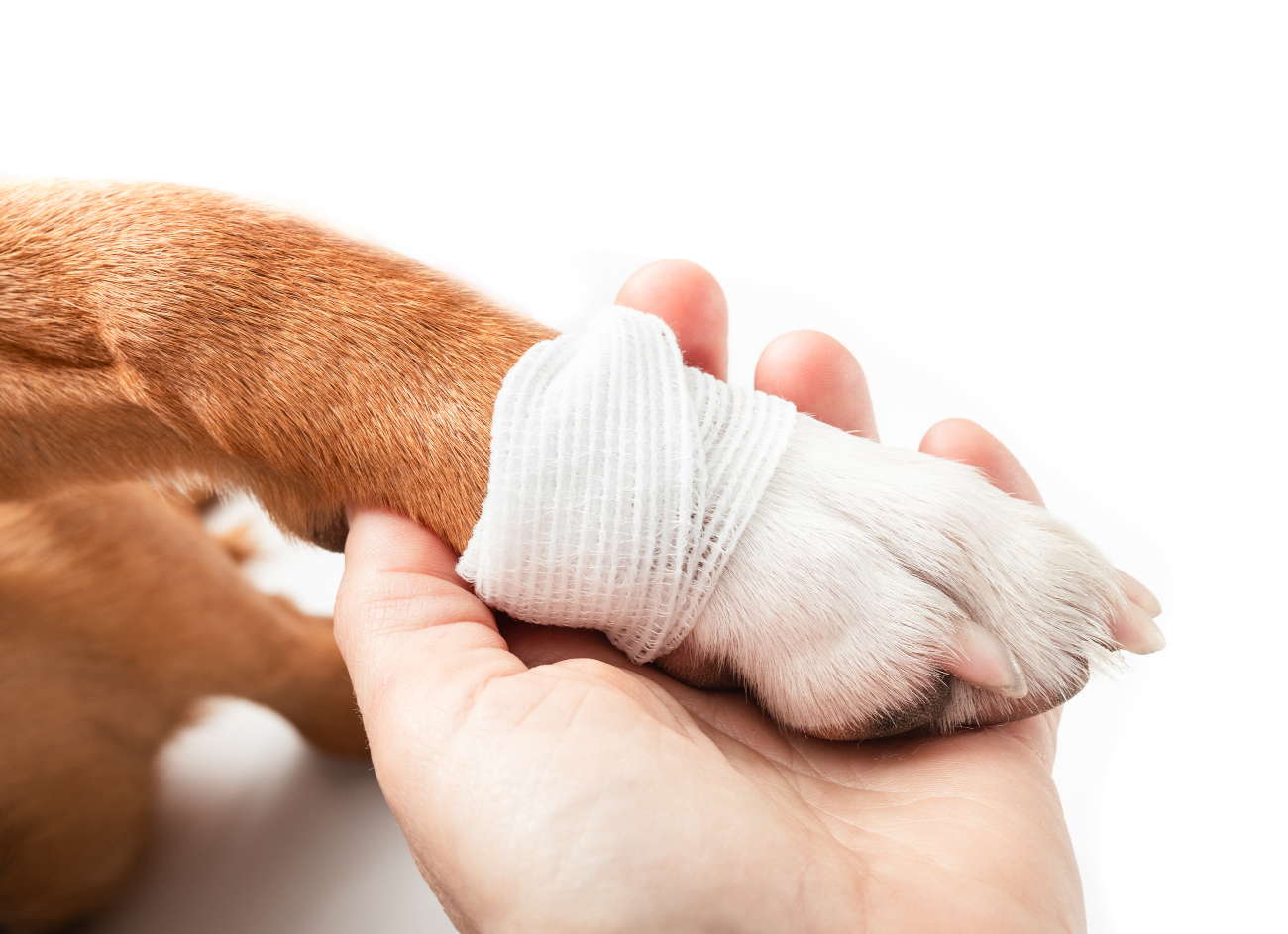
Knowing how to properly wrap a dog's paw can be a crucial skill in ensuring your pet's health and comfort during an injury. However, if the injury is severe, always seek immediate veterinary assistance.
Also, remember to regularly check the bandage to make sure it's not too tight and to monitor the healing process. Remember to stay calm and patient throughout the process, as your furry friend is likely to be stressed and in pain.
And lastly, ensure your pet is covered with suitable pet insurance. This can help to manage the costs if more serious treatment becomes necessary. To get a dog insurance quote for your furry friend you can get a quote through our website. If you would like to talk to one of our dog insurance team, you can get in touch with us on 0330 102 5748.
Helpful Pages
Recent Posts
Pet Insurance Quote
- 98% claims paid *
- Claims paid directly to vets
- 24/7 vet video consultations
- Interest free monthly payments

